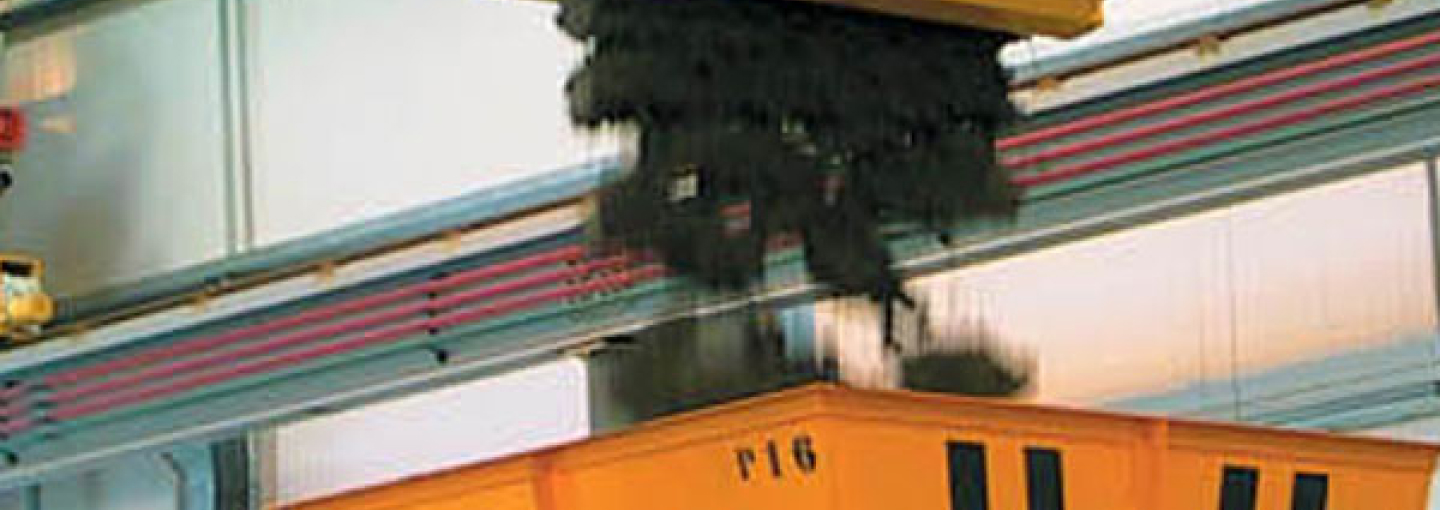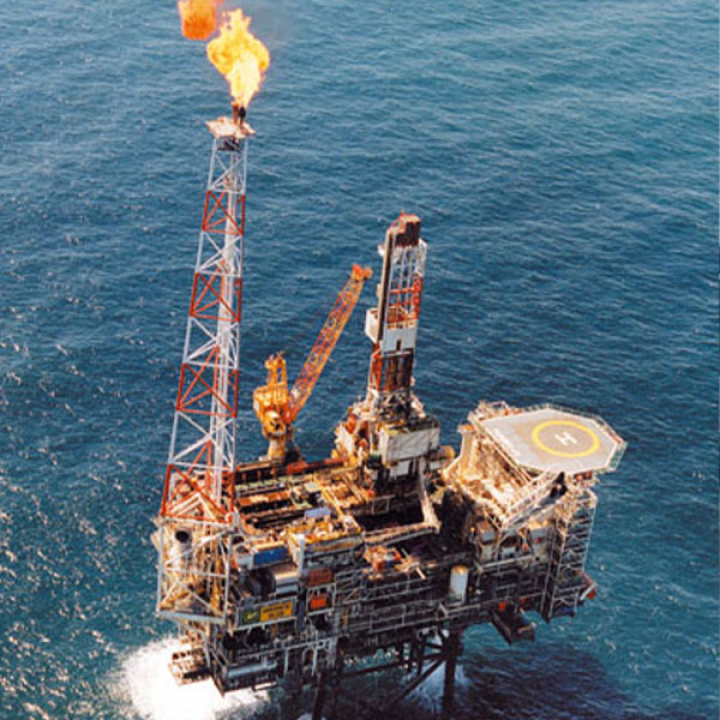
History
The company was established in 1864 by William Clarke.
It was based by the river, about ½ a mile from its current site and was initially engaged in the manufacture of hand winches. As steam was replacing sail, Clarke developed the use of steam to provide motive power for deck equipment, and in 1874 produced the first steam windlass, closely followed by other steam powered equipment including cranes. This caused the company to outgrow its original premises, and so it moved to its next premises – Victoria Works. Captain Abel Henry Chapman (above, at right) joined as a partner in the same year. In 1884, Charles Algernon Parsons bought himself a junior partnership, and during his time with the company, developed his steam turbine. However, Parsons left the company four years later, to set up his own company.
Clarke Chapman, at the time were engaged in the manufacture of all types of deck equipment, cranes, hoists and generators. They also developed pumps, search light projectors, which were used extensively by the Navy in both world wars.
Timeline - Clarke Chapman

The Clarke Chapman Manufacturing Solution ‘quite simply, we deliver a quality product, on time, and at a competitive price’. In addition to the manufacture and assembly of Clarke Chapman’s own product range, we provide machining and “build to print” sub-contract services to clients from across the whole industry spectrum; from nuclear and oil & gas to defence and marine, from power generation to general engineering.

At Clarke Chapman, sustainability is at the core of our strategy. We understand the critical role that energy plays in our daily lives and its impact on the environment. We are committed to championing clean and responsible energy solutions that power a more sustainable future.